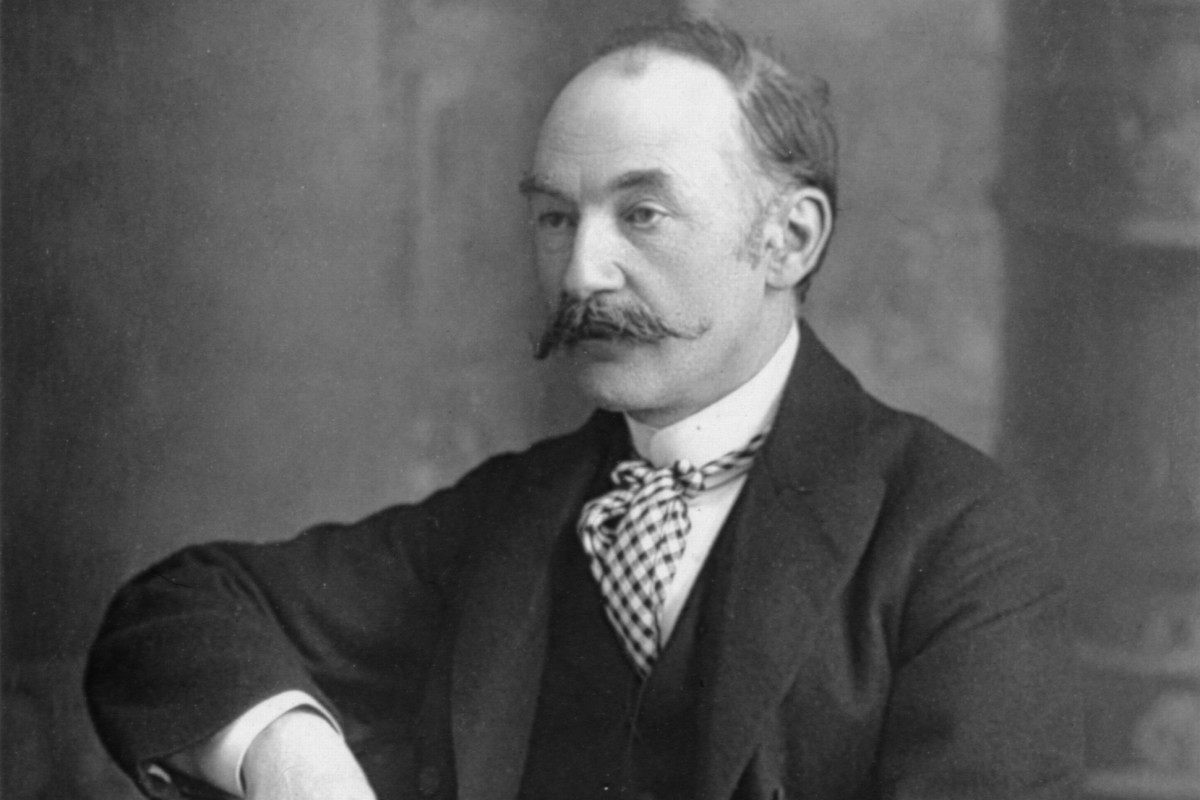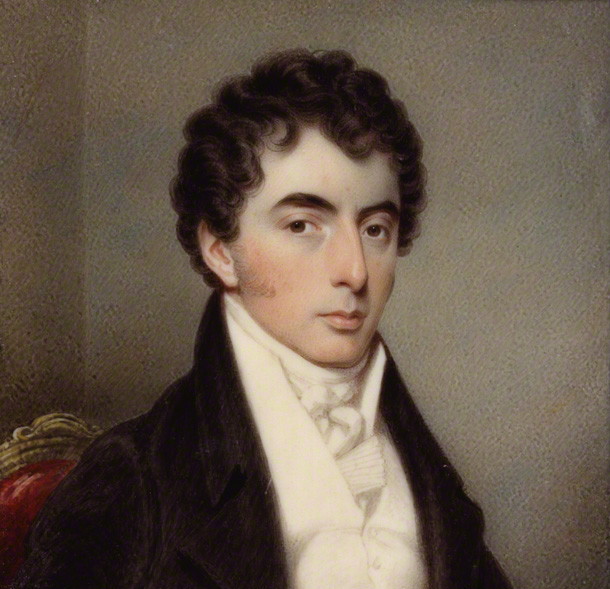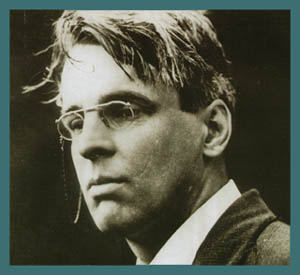About the Author:
Robert Burns is one of the greatest and most celebrated Scottish writers and poets. Most of his poems are originally scout songs for children who have been prescribed and read as poems in the contemporary scenario and the larger context of educational relevance. Burns is considered the National Poet of Scotland and is a well-known figure in Scottish Literature and the overarching structure of English Literature. Burns was born on 25th January 1759 in Alloway, Scotland, and is also popularly or fondly called and known as Robbie Burns. Other titles given to him are Scotland’s favorite son and Ploughman’s poet.
Much of his writing is in the English of those days, with a little bit of Scottish dialect reflecting between the lines. He passed away on 21st July 1796. Considered an essential figure in the Romantic movement, he inspired the inventors of Liberalism and Socialism even after he passed away. He has made great efforts in establishing and necessitating culture in Scotland and hence is counted as one of the pioneer figures in Scottish Culture in Scotland and amongst the Scottish diaspora worldwide. During the nineteenth and twentieth centuries, his work was celebrated grandly and has influenced Scottish literature ever since. A well-known national figure, he was chosen as the greatest Scot by the Scottish public on television in 2009.
Comin’ Thro’ The Rye: Summary
Rye is essentially a kind of wheat grain or wheat germ grown in the fields. The poem has a Scottish accent and dialect working, but reworking an easy English translation will help in understanding the poem better. The poet is witnessing a woman or maiden called Jenny, who is all wet in the rain. All six paragraphs deal with her walking through the rye fields dragging all her petticoats while drenched in the shower. Jenny is probably a maiden who works in the fields, and the poet looks at her every day; hence he says that Jenny is seldom dry and always wet. The poet is awed by Jenny and desires her, although there is no line that makes the poet’s love for Jenny clear. The poet’s male gaze is apparent and unblemished in the poem as he uses phrases like “Need a body meet a body… Need a body to kiss a body,” etc. Burns could also aim to break and destroy the taboos related and connected to sex or physical attraction in those days. That is why his initial questions in the second stanza are, “Should a body meet a body..Should a body kiss a body”. The Scottish word for ‘Should’ is ‘Gin.’ Mostly the dialect is pretty clear, and the reader can derive the basic meaning of each sentence while reading. Though, there are translations available online.
The poem proceeds as follows: The first two stanzas are when the poet is watching Jenny, a beautiful young maiden, struggling to walk through the rye fields in the heavy rain that is pouring. The rain makes Jenny completely wet, and as her dress sticks to her body completely, the poet notices her figure and is physically attracted to her. He recalls that it is often so that Jenny’s body gets wet in the rye fields. The lines about Jenny’s body being wet and her coming through the Rye have a sexual connotation as well. Another meaning of the poem hence could be that the poet is making love to Jenny, and she is having an orgasm, and her body being wet could be the sweating from the act. Since all children’s songs and fairy tales have sexual and political connotations, it might be possible that this poem has a hidden sexual meaning as well. The evergreen theme of literature, which is a lover suffering because of his beloved being unreachable (originally borrowed from the courtly poetry tradition in England), is also touched upon because after the poet says, “need a body to kiss a body…” he says, “need a body cry…”. The poem is repetitive because it was initially a scout song to be sung by children while the band was playing. As it must be clear by reading the poem and this summary, the poem has two meanings – the original and the alternative. The original one has sexual imagery, and the alternative one makes this more explicit. The maiden the poet witnesses and notices is not identified anywhere in the poem or in any other poems of the same poet or genre. Although, from the legendary town of Dalry, North Ayrshire, there has been a Jenny referred to. The geographical setting of the poem “Comin’ thro’ the Rye’ describes the crossing of a ford through the Rye water at Drakemyre towards the northern part of the town, downstream from Ryefield House, and is near the congruence of the Rye with the River Garnock.
Comin’ Thro’ The Rye: Analysis
Background, Context, and History :
“Comin’ thro’ the Rye” was written in 1782, and to find one single original and true copy is difficult. There are numerous versions of this very poem, and translations are hence, even more in number. The original version cannot be successfully read, as reasoned by G.W. Napier, and hence there are many different versions of this song. It was intentionally a song for children, like Grim’s fairy tales, with hidden meanings and connotations.
Style and Form :
The poem is essentially a song written for children and has been incorporated in a traditional style. It was made into a poem much later for academic requirements. The melody used for this poem/song is the same as the famous Scottish minstrel, “Common’ Free the Town.” It has been changed marginally from the tune of “Auld Lang Syne.” The clear difference between the two is in the tempo and rhythm they are sung. However, the melodic shape is almost identical. It is one of the best poems written by Robert Burns, so much so that he is often associated with and remembered by the same.
Comin’ Thro The Rye: Deeper Meaning
Comin’ Thro’ the Rye has gained almost all its audience and readership, maybe because of Holden Caulfield’s misinterpretation in the novel – The Catcher in the Rye. While relating his fantasy to his sister Phoebe, he becomes the Catcher in the Rye who saves the children from falling from a cliff. During this, Phoebe corrects his mistake and says that the poem does not deal with A Catcher in the Rye but is about a girl named Jenny who meets her lover in the Rye, to “kiss” him. She has got her underskirt wet, well, for obvious reasons, and his dragging her way through the Rye signifies that she is dragging herself back to the Puritanical society of those times. The title of the novel “The Catcher in the Rye,” written in 1951 by J.D Salinger, has been borrowed from this poem because of Holden Caulfield’s misinterpretation, and he keeps imagining some children playing at the edge of a cliff in a rye field and dreams that he rescues them from falling off. Do let us know what you think about the poem!
Updated by Anjali Roongta on 21st April 2023.
Some online learning platforms provide certifications, while others are designed to simply grow your skills in your personal and professional life. Including Masterclass and Coursera, here are our recommendations for the best online learning platforms you can sign up for today.
The 7 Best Online Learning Platforms of 2022
- Best Overall: Coursera
- Best for Niche Topics: Udemy
- Best for Creative Fields: Skillshare
- Best for Celebrity Lessons: MasterClass
- Best for STEM: EdX
- Best for Career Building: Udacity
- Best for Data Learning: Pluralsight














